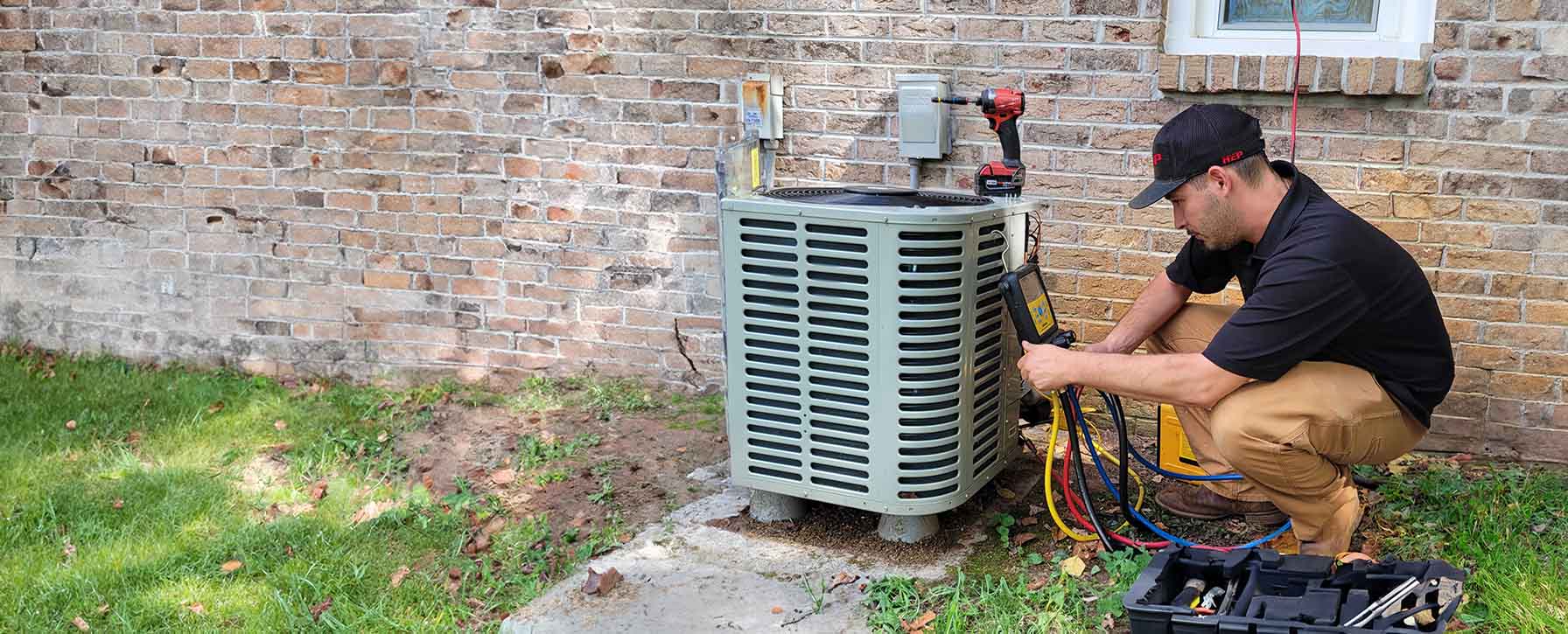

Improved Energy Savings
Your trusted partner for professional home services. Quality workmanship, guaranteed satisfaction.




- HEP
- Improved Energy Savings
Improved Energy Savings | Thermostat Upgrades | Heating and Air Conditioning | Ducktown
Looking for an effortless way to lower utility bills while keeping your Ducktown home perfectly comfortable? HEP’s experts specialize in thermostat upgrades that instantly deliver smarter temperature control and noticeable energy savings. By replacing outdated dials with today’s Wi-Fi connected, self-learning models, we help you fine-tune heating and cooling schedules, tap into real-time usage data, and adjust settings from anywhere—so every degree works in your favor.
Our certified technicians handle the full process, from recommending the ideal device for your HVAC system to seamless installation and personalized app training. With HEP, you’re not just getting new equipment; you’re gaining year-round efficiency, fewer surprises on your power bill, and a greener footprint for our Ducktown community. Discover how thermostat upgrades can transform your comfort and cost savings in one smart step.
FAQs
How can a thermostat upgrade lower my energy bills in Ducktown’s climate?
Ducktown experiences humid summers and cool winters, which means your HVAC system works hard most of the year. A modern programmable or smart thermostat automatically adjusts temperatures when you’re asleep or away, prevents excessive cooling on muggy days, and fine-tunes heating during chilly nights. Studies by ENERGY STAR show that correct programming can reduce heating and cooling costs by 8–20 %. For an average Ducktown household spending about $1,400 a year on HVAC energy, that translates to $110–$280 in annual savings.
What types of smart thermostats are compatible with my existing HVAC system?
Most smart thermostats sold today support single-stage and multi-stage gas furnaces, heat pumps with auxiliary heat, and dual-fuel systems—common setups in Ducktown homes. Brands such as ecobee, Nest, Honeywell Home, and Emerson Sensi detect system type during installation and walk you through wiring. The key is having a dedicated C-wire (common wire) for continuous power; if your current thermostat lacks one, we can add a C-wire adapter or run a new conductor to ensure compatibility.
Do I need Wi-Fi for a smart thermostat, and what happens if my internet goes down?
A Wi-Fi connection unlocks remote control, energy-use reports, and voice-assistant integration, but the thermostat will still maintain your programmed schedule without it. If your internet or router fails, the thermostat reverts to onboard temperature sensors and stored schedules, so comfort and safety are never compromised. Once connectivity is restored, cloud features resume automatically.
Can I install the new thermostat myself, or should I hire a professional?
While many homeowners successfully install DIY models, professional installation is recommended to: 1) Verify correct wiring, especially if a C-wire or heat-pump changeover wire is needed; 2) Configure advanced settings like heat-pump balance points and humidity control; 3) Preserve manufacturer and utility-rebate warranties that often require licensed installation. Our Ducktown HVAC technicians typically complete the upgrade in under an hour and provide a tutorial before leaving.
Will upgrading my thermostat qualify me for local utility rebates or tax incentives?
Yes. The Tennessee Valley Authority (TVA) eScore program and several regional electric cooperatives serving Ducktown offer $50–$100 bill credits for ENERGY STAR–certified smart thermostats installed by a licensed contractor. In addition, the federal Inflation Reduction Act extends a 30 % tax credit (up to $600) for smart thermostat installations paired with other efficiency improvements. We’ll supply the paperwork and model certification required for both rebate and tax filings.
How soon should I expect a return on investment after upgrading my thermostat?
Smart thermostats in the $150–$300 price range typically pay for themselves within 12–24 months through lower utility bills and available rebates. Homes with older manual thermostats, inconsistent occupancy patterns, or electric heat pumps (which cost more to run) often see the quickest payback—sometimes in the first year. Beyond direct savings, you gain added comfort, system-health alerts, and data that help you make smarter energy decisions for years to come.